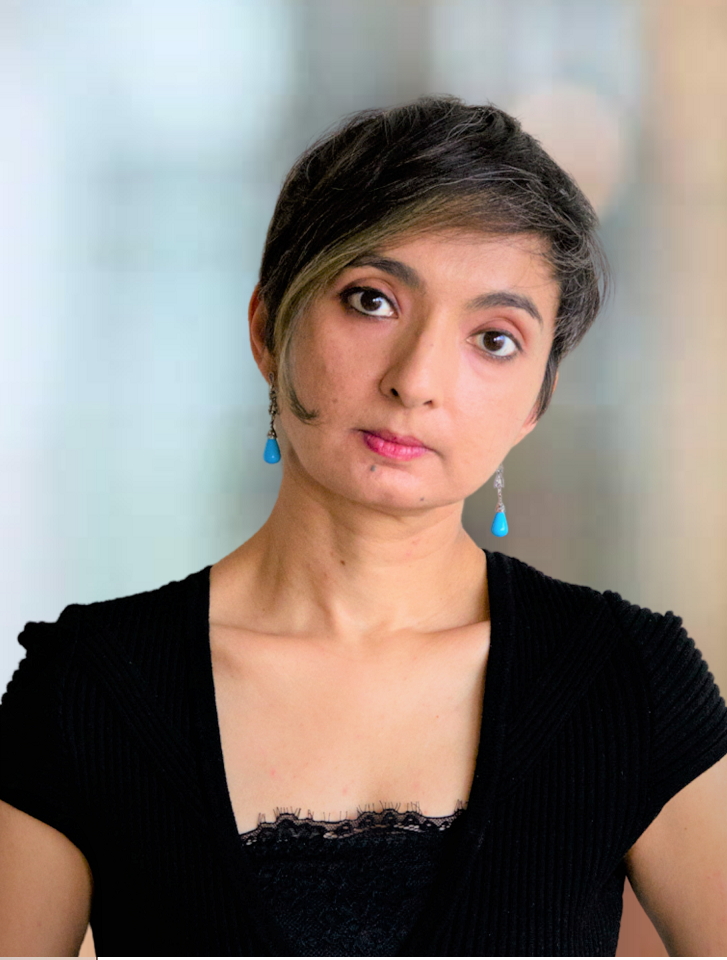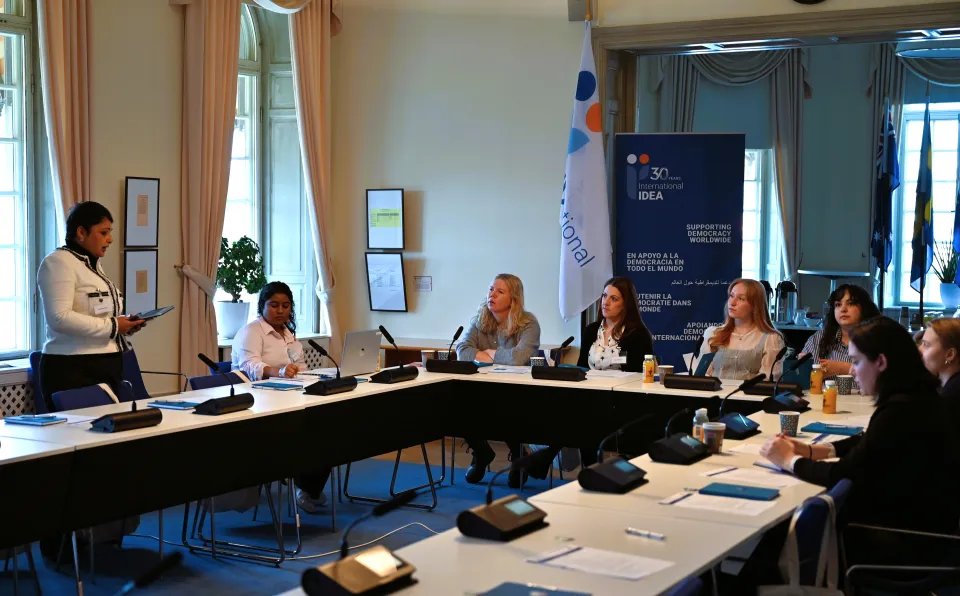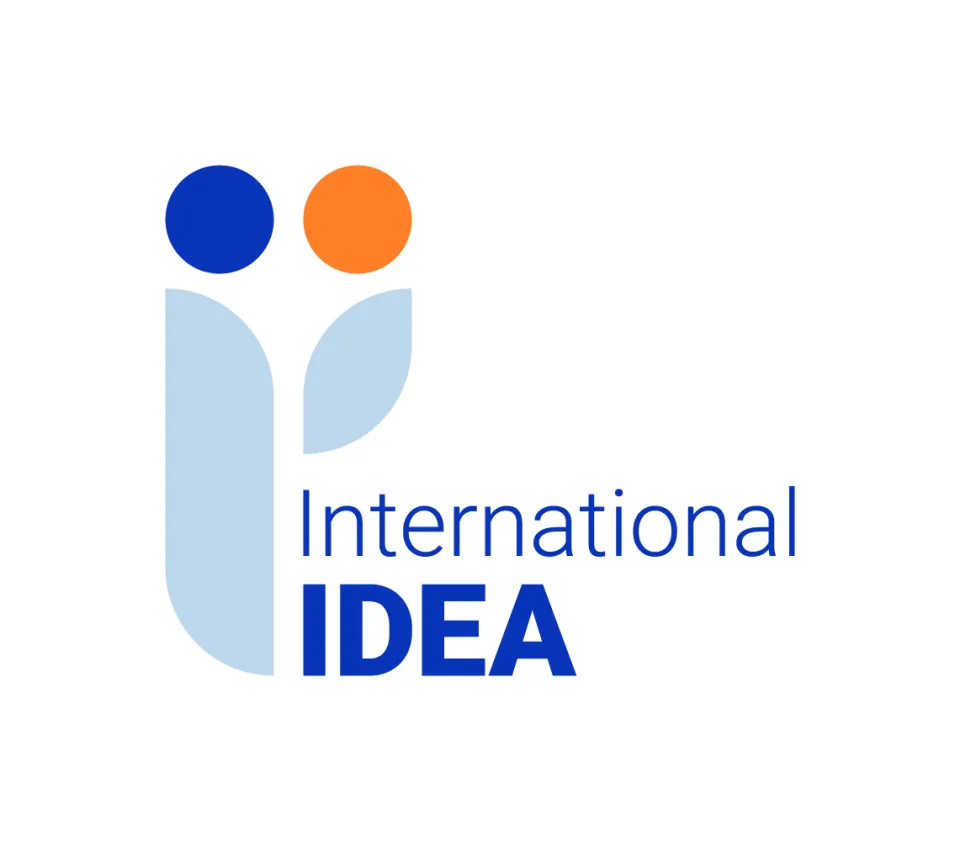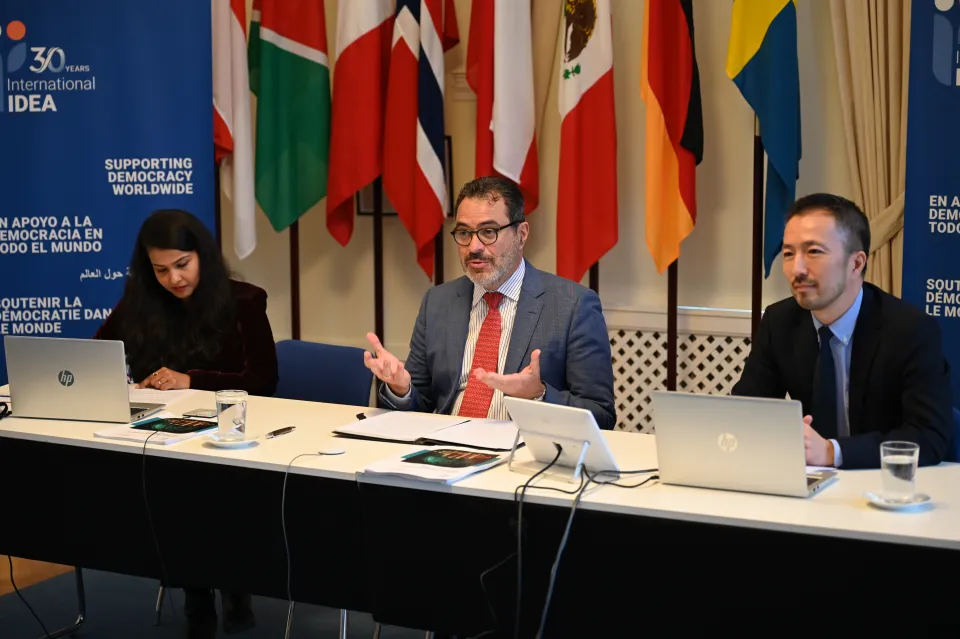The Transformational Potential of Putting Gender Equality at the Centre of Democracy
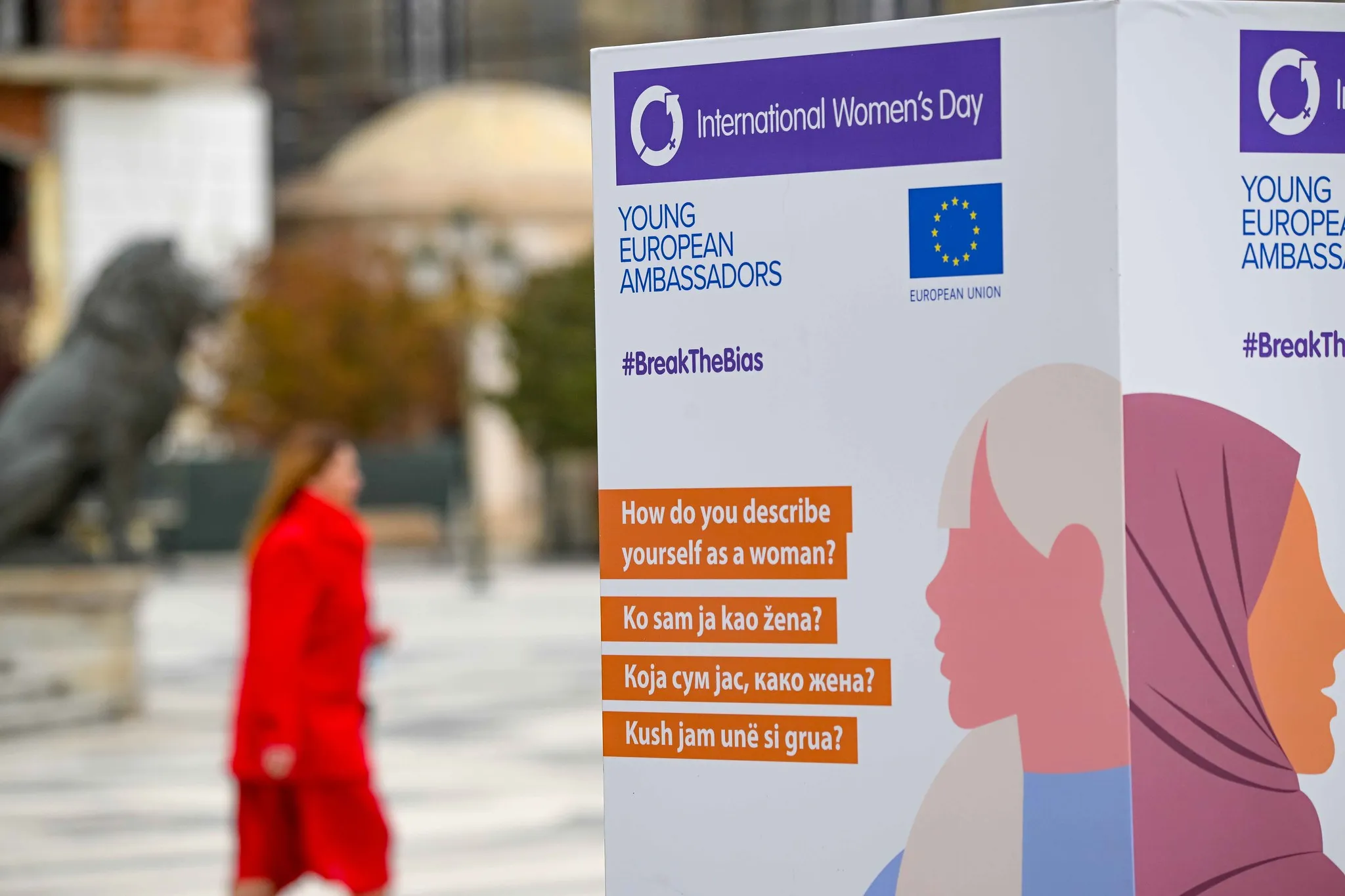
Disclaimer: Opinions expressed in this commentary are those of the author and do not necessarily represent the institutional position of International IDEA, its Board of Advisers or its Council of Member States.
Consider this: If we were to increase the weight of gender equality scores in our overall evaluations of the state of democracy, the global snapshot of democracy would be a faded version of itself.
Using International IDEA’s Global State of Democracy Indices (GSoD) data makes it clear that when we adjust for women’s access to power, the state of democracies is generally weaker. In fact, multiplying our measure of Representative Government by Gender Equality allows us to create a gender-aware measure of the quality of representative democracy.
Putting gender equality front and centre paints a bleak picture, moving several countries from mid-range to weak performance levels. Democracy washes out, with the darkest purples and reds of ostensibly strong democracies fading to lighter pinks and oranges.
Figure 1: The current state of democracy (top) versus the state of democracy with larger weights for gender equality (bottom)
In many ways, this is no surprise. Experts have long worried about the decline of democracy around the world, but calls to address gender inequality have rarely been urgently prioritized, especially compared to recommendations focused on strengthening institutions, empowering public participation, supporting civil society and funding media, amongst others.
One reason for this gap is that gender equality is not necessarily part of well-known conceptions of democracy. Credible elections, independent courts and healthy legislatures are more easily associated with democracy. At International IDEA, however, equality in the exercise of public control over decision-makers is a core part of the definition of democracy. A heightened focus on just how accessible the levers of power are to everyone could shift our focus to the multiple intersectional inequalities that stand in the way of sustainable, thriving democracies.
Data limitations
The reality is that even this account may be under-representing the problems. It is exceedingly difficult to collect data on the most meaningful indicators of an issue like gender equality. Cross-national measures of people’s biases in daily life, which could help us understand the extent of discrimination and exclusion that impacts women, are expensive and challenging to collect. Even the best extant sources, including public polls that ask people about their attitudes and beliefs, are beleaguered by well-known problems like response bias and do not cover the same countries or all countries every year. Measuring rates of gender-based violence, which reveals the unique harms women face, may also be misleading because of the problem of under-reporting such occurrences.
In many cases, the Global State of Democracy Indices (and others like them) rely on more accessible data, which track things like the proportion of women in elected office. Unfortunately, women serving at the highest echelons of society do not reflect broader gender equality. Even in countries that rank highly in terms of gender equality scores, the data belie significant challenges. In Denmark, which has maintained a near-perfect score for more than a decade in the GSoD Indices, some scholars point to a politics of denialism that makes male violence invisible. And there are multiple examples of countries with weaker gender equality scores but where women have served as presidents and prime ministers.
The way ahead
This is not to say that there aren’t encouraging signs. In contexts as diverse as Sierra Leone, Spain, Switzerland, India, Finland, and Colombia, there have been recent notable advances in aspects of gender equality like respect for reproductive rights and strong consent laws. These are important, especially in the face of significant regression in places like the United States, Poland, and Hungary. This week, my colleagues Gentiana Gola and Emily Bloom examined this balance of progress, setbacks and representation for women in Europe.
Unsurprisingly, it is hard to definitively say that things are better or worse on International Women's Day 2023. There are shades of grey everywhere. Finding ways to better integrate these nuances into our definitions, descriptions and understandings of democracy could be a pivotal first step in transforming democracy assessment as we know it.
